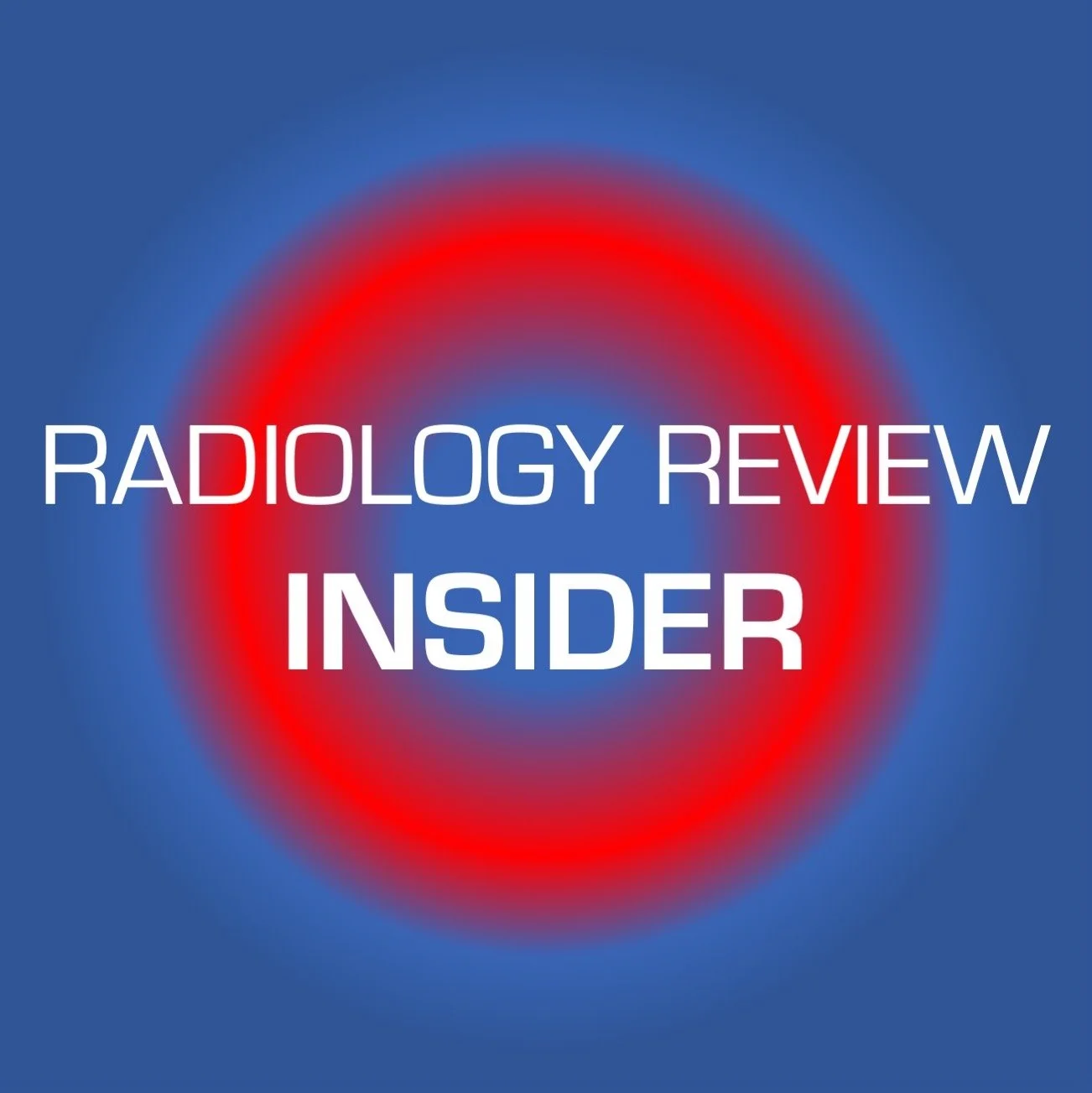Tips to Enhance Medical Imaging Reporting
1. Proofreading Matters
The responsibility falls on you to carefully review your reports. Neglecting this crucial step not only reflects poorly on your professional work but also poses potential risks to patient care. Patients entrust their well-being to us during imaging studies, and careless typos and frequent dictation errors erode trust, even if all necessary imaging findings are made. Take the time to ensure accuracy and clarity in your reports to maintain patient and provider confidence.
Example: I remember a report that contained enough dictation errors that the patient lost trust in ANY of the imaging findings reported (which were all accurate) and requested the images to be re-interpreted.
I have also witnessed residents send radiology attendings reports for final signature that have so many reporting errors that they question the resident’s motivation and work ethic.
Whether you are an attending, fellow, or resident, proofreading matters, and is worth our time.
2. Precision in Language Use
Exercise caution when employing action words and avoid loose terminology, especially in the "Impression" section of your reports. Terms like "progression of disease" should be used judiciously and accurately, considering established criteria such as RECIST 1.1 for tumor response assessment. Understanding disease response patterns to therapy is crucial in avoiding misinterpretations. Be mindful of the implications of your language on patient care decisions.
Example: A pulmonary nodule that increases from 12 mm to 14 mm is slightly larger but alone would not confirm unequivocal “progression of disease”, especially if disease elsewhere is unchanged. Similarly, not all new or worsening sclerotic lesions on CT confirm “progression” of osseous disease because either worsening disease or healing response can increase sclerosis on CT.
Steer clear of overstating concerns and ensure precision in your use of action words like "progression" to foster the highest standards of patient care.
3. Templated Phrases and Their Pitfalls
While templates can streamline your reporting process, use them judiciously to avoid inaccuracies or inconsistencies. Remove templated phrases that may contradict actual findings, as this can lead to confusion among referring providers and patients. Strike a balance between efficiency and accuracy when utilizing templates.
Example: After reporting multiple enlarged lymph nodes, you must remove any templated phrases indicating that no abnormal lymph nodes are present.
4. Eliminate Pointless Words
Words like "redemonstrated" and "interval" often add unnecessary verbosity to reports without conveying additional meaning. Instead, focus on providing clear descriptions of findings, emphasizing any changes observed. Opt for specific language over filler words to enhance clarity and efficiency in your reporting.
Example: Describing an imaging finding as increased, decreased, or unchanged obviates the need to state something is “redemonstrated”. Instead of “Redemonstrated is a pancreatic mass” change to “An unchanged pancreatic mass…” or “Increased size of a pancreatic mass…”.
Do you still believe words like “redemonstrated” and “interval” belong in radiology reports? I challenge you to add these words to your every-day speech and see how much you still like them.
5. Avoid Uncommon Abbreviations and Jargon
Ensure your reports are accessible to a wide audience by avoiding obscure abbreviations and phrases. Consider the diverse range of medical professionals who may read your reports and strive for clarity and comprehensibility. Simplify complex terms or provide explanations when necessary to facilitate understanding.
Example: “Prior CNB of BR4 calcifications demonstrated DCIS with LCIS, ADH and FEA at 8:00 4 cm FN.” While the meaning of each of these abbreviations is clear to radiologists with breast imaging experience, most physicians, mid-level providers, nurses, and other healthcare professionals would not be expected to know each of these terms.
If a healthcare provider reading your report requires the internet to clarify an abbreviation you used, you have done them a disservice. Nobody has time for this.
6. Maintain Consistency in Numerical Representation
Consistency in numerical formatting is essential to prevent misinterpretations. Stick to a single unit of measurement throughout your report and avoid mixing millimeters with centimeters. Clarity in numerical representation reduces the risk of errors and misunderstandings, particularly in reports with surgical implications.
Example: If numbering your impression, don’t do this:
Impression:
1. 5 cm mass arising from the right kidney….
2….
Is the mass 1.5 cm or 5 cm? Be careful with numbers.
7. Strive for Optimal Length and Content
Achieving the right balance in report length and content is key to effective communication. While concise reports may overlook important details, excessively lengthy ones can be overwhelming and dilute critical information. Aim for clarity and relevance in your reports, focusing on essential clinical questions to provide valuable insights for patient care. This is my ultimate goal.
Example: Does reporting prior lens replacement surgery contribute meaningful insights to an oncology PET/CT study? Given that the patient is already aware of this procedure, and its inclusion offers no assistance to the oncologist, prioritize information pertinent to the clinical context.
Incorporating these practices into your imaging reporting can enhance accuracy, clarity, and efficiency, ultimately contributing to improved patient outcomes and provider collaboration.
Do you want to contribute to The Radiology Review Insider?
The article submission process is simple: email your proposed article to theradiologyreview@gmail.com. Include with your article your name and professional affiliation. Submission of all articles is appreciated but submission does not guarantee publication.
The Radiology Review may receive referral fees from purchases made with links on this page.






